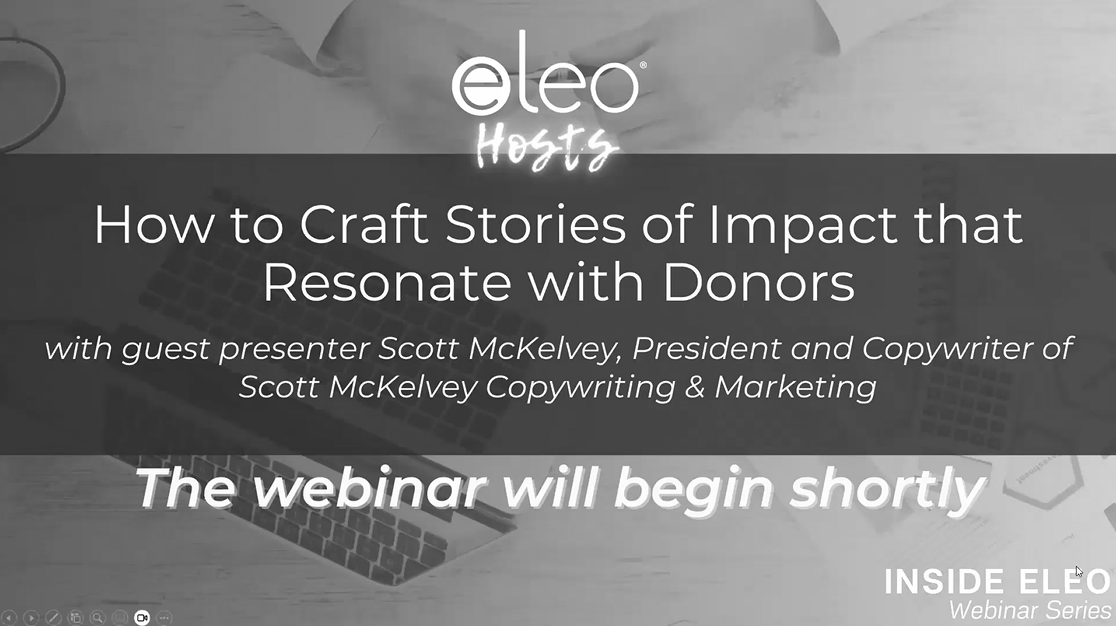Blog

Scroll through your LinkedIn feed and you’ll probably find more than a handful of posts from people who claim AI can’t do what they do. “AI is generic,” they say. “AI can’t capture the human element of what we do,” they say. “AI doesn’t understand how we make people’s lives better,” they say. Human vs. AI: A Content Reality Check When you go to the LinkedIn profiles and websites of most AI bashers, you're likely to find generic, sterile, cliché-riddled content that’s no more human than a box of rocks. The lesson here is that human-generated marketing content has been awful for a lot longer than AI-generated content. If you settled for garbage from humans – whether as a marketer, writer, or business owner – why would you rail against AI for easily replicating and possibly improving upon that drivel? Social media and DIY websites and publishing platforms led to an avalanche of bland content with little or no value, no depth, no distinct voice, no story, and no connection with the wants, needs, challenges, and aspirations of the audience. Unless you’re feeding AI something new and unique, AI will simply rehash and repackage existing trash to generate the next wave of content. Which will quickly dwarf what’s been published in the past 20 years. Honest Self-Reflection Check your LinkedIn profile, website, social pages, and other marketing content. Is your human-written content any less generic or more human than something AI could produce based on a few words you enter into a little white box? Be honest about your answer. You can’t change what happened in the past. But you can make better decisions about what to do next. Start by forgetting about any preconceived notions you may have about what marketing should say. Those preconceived notions are probably based on decades of exposure to bad marketing. Consider seeking an outside, unbiased perspective from someone who isn’t afraid to tell you the truth. Stop clinging to "the way we've always done it," especially if that way doesn't serve you today. And don’t assume people will be more open to working with an organization that produces inferior content just because a human typed the words. How to Create Truly Human Content Stop the AI hypocrisy and commit to developing a message that rises above 99% of what’s out there. Commit to doing some serious heavy lifting before the writing happens to make your content worth reading and capable of producing leads. Interviews. Research. Deep dives. Strategic planning. Get beyond the standard questions that are used by every other organization to shape generic marketing messages. The second and third layers of follow-up questions, and the unrehearsed, unfiltered responses, will bring to the surface what really matters to your ideal client. Authentic stories. Verifiable information. Who you are as an individual and a brand. The value you deliver. Then deliver your message in a way that's clear, believable, authentic, and focused on the needs of your audience. That’s how you create moments of human connection that blossom into meaningful, profitable relationships. It won’t matter that a human typed the words. The work you put into developing a message that moves people will be the real difference maker. If you need guidance and fresh, objective input from someone who can help with both the heavy lifting and the actual writing, let’s talk .






